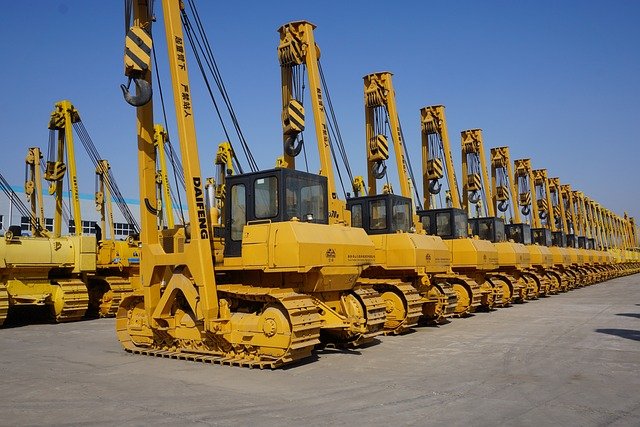The Intricacies of Executive Orders and Their Role in American Governance
Executive orders have played a significant role in American governance since the country's inception. As a tool of the executive branch, they have been used to direct the operations of the government. This article delves into the historical context of executive orders, recent updates, and their implications on society.

Executive Orders: A Historical Overview
Executive orders are official directives issued by the President of the United States that manage operations of the federal government. The legal authority for executive orders comes from the Constitution, which vests “executive power” in the president. Although the Constitution does not explicitly provide for the use of executive orders, it has been interpreted to allow them as an extension of the president’s duty to “take care that the laws be faithfully executed.”
The first executive order was issued by President George Washington in 1789. Since then, every U.S president has issued orders that directly influence the operations of government departments and agencies. Some executive orders have even significantly shaped the course of American history, such as President Lincoln’s Emancipation Proclamation, which declared slaves in Confederate-held territory to be free.
Recent Developments in Executive Orders
In recent years, executive orders have frequently been used to drive major policy changes. For example, President Obama used executive orders to enact policy on issues such as immigration and gun control where legislation stalled in Congress. Similarly, President Trump used executive orders to influence policy on issues ranging from environmental regulations to healthcare.
However, the use of executive orders is not without controversy. Often, they are seen as a way for the president to bypass the legislative process. This perspective has led to numerous legal challenges, with courts occasionally overturning executive orders deemed to exceed the president’s authority.
Implications and Impact of Executive Orders
Executive orders can have a far-reaching impact on society. They can directly affect governmental operations and policies, influencing everything from immigration rules to environmental regulations. This means that executive orders can have broad societal implications, potentially affecting the lives of millions of people.
However, the impact of executive orders can also be unpredictable. Since they bypass the legislative process, they are often subject to legal challenges and can be easily reversed by a subsequent president. This can lead to policy uncertainty and instability.
Moreover, the use of executive orders raises important questions about the balance of power in the U.S. government. If used excessively or for significant policy changes, executive orders can potentially undermine the checks and balances system designed by the Constitution.
Conclusion
Executive orders are a powerful tool in the American political system. While they allow the president to effect immediate change and respond to urgent issues, their use is not without controversy. Understanding the complexities of executive orders can help citizens better comprehend the intricacies of American governance and the ongoing debate about the balance of power in our democracy.




